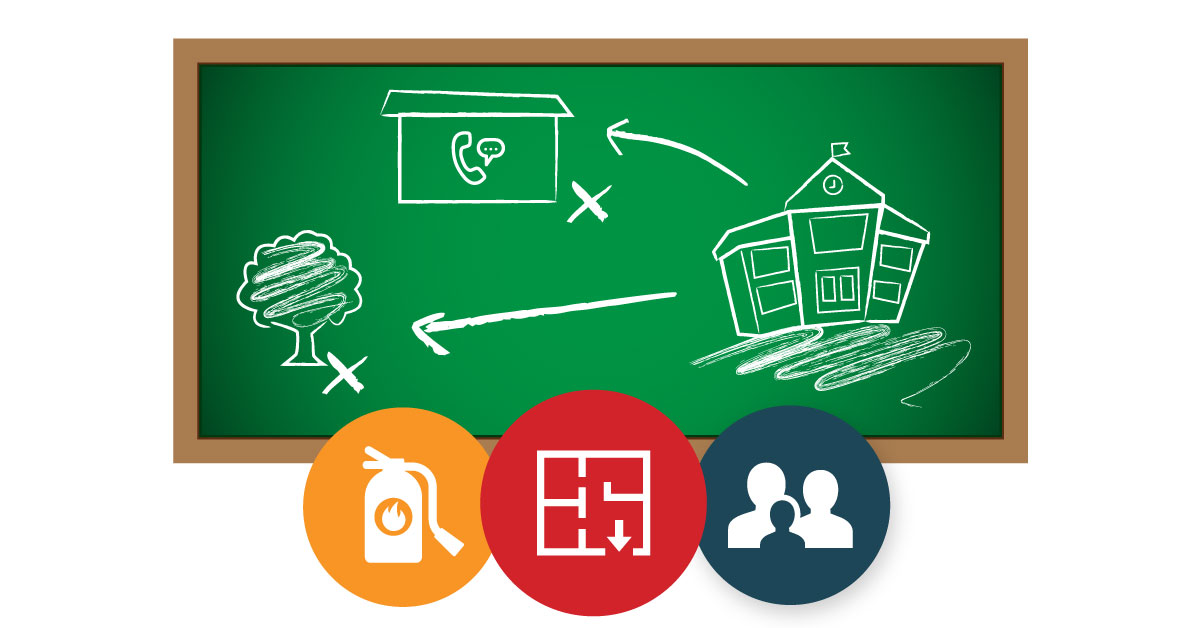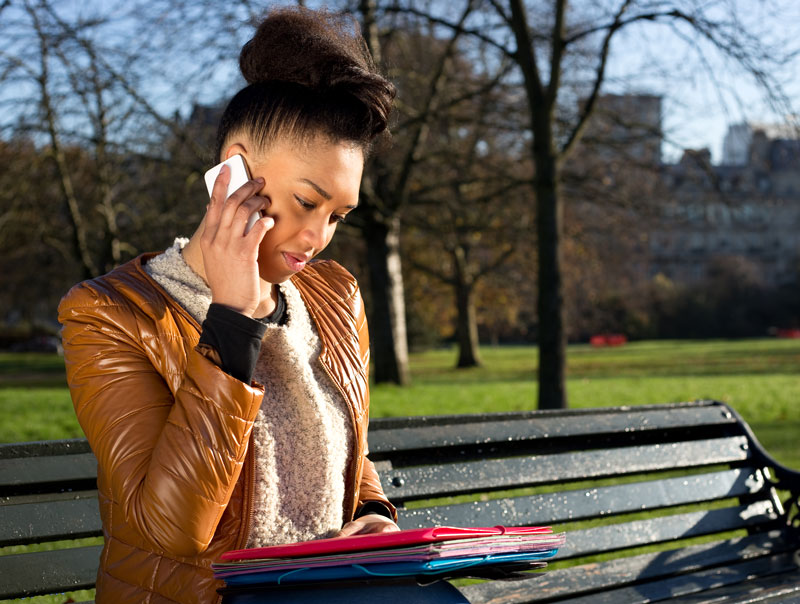Safety Procedures

This Month’s Goal
Make sure everyone in your household can receive, understand and act on information received in an emergency.
If you are away from home, do you know what the emergency procedures are for your child’s school or for your workplace? Know how to make sure you and your loved ones are safe in a disaster, no matter where you are.

Make sure emergency procedures are in place for your workplace or school. Think about other places that you and family members regularly spend time, like your child’s school. Talk to administrators at those places about their emergency plans as well.
Ways to be safe at work and school:
- Hold emergency training and drills.
- Help create an emergency kit for the facility.
- Know where fire extinguishers and Automatic External Defibrillators (AEDs) are located.
Give emergency kits to people who count on you (college students, elderly parents, etc.).
Put together basic emergency kits for people who may not be able to do so for themselves or for those who may not think of doing it for themselves. Make sure the kit meets their specific needs.

COLLEGE STUDENTS
Choose an emergency contact who does not live near you or the college. Arrange with your student to call that person if they can’t reach you during a disaster.
Some colleges will provide a phone number that you can call in an emergency. If you don’t find the number on the website, call the admissions office and ask. Also, ensure your student is registered for any emergency notification system on their campus.

INSURANCE
Talk to your insurance agent to find out if your policy covers your student’s belongings while they are away at school. You may need to buy an additional renter’s policy. Also check with your health insurance carrier to find out where your student can find covered health care at school.
